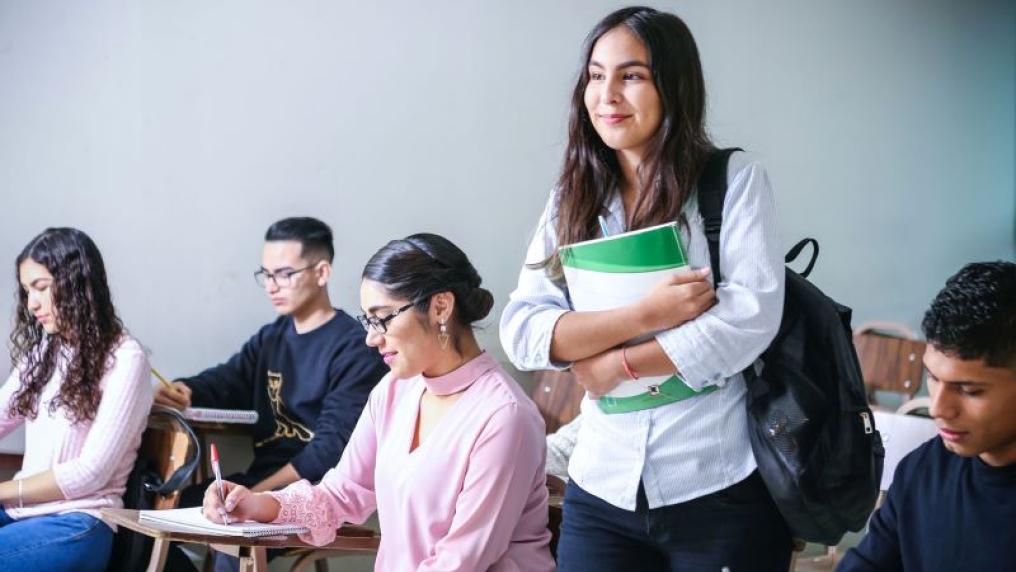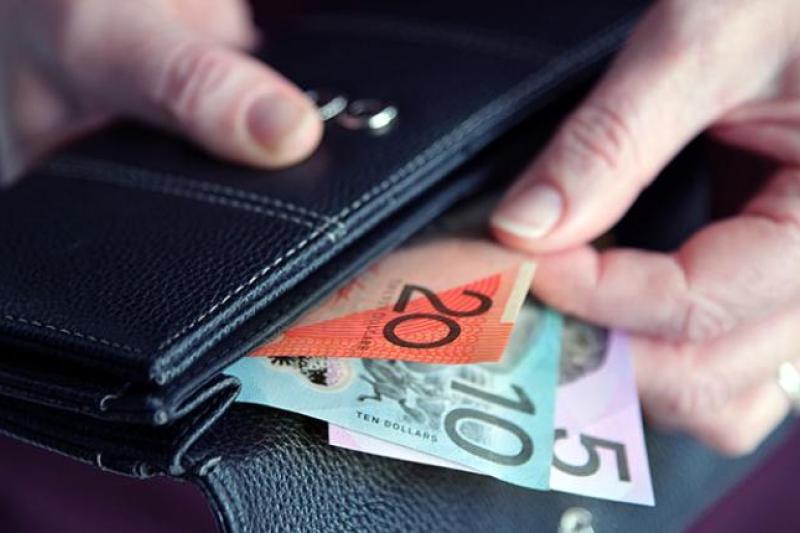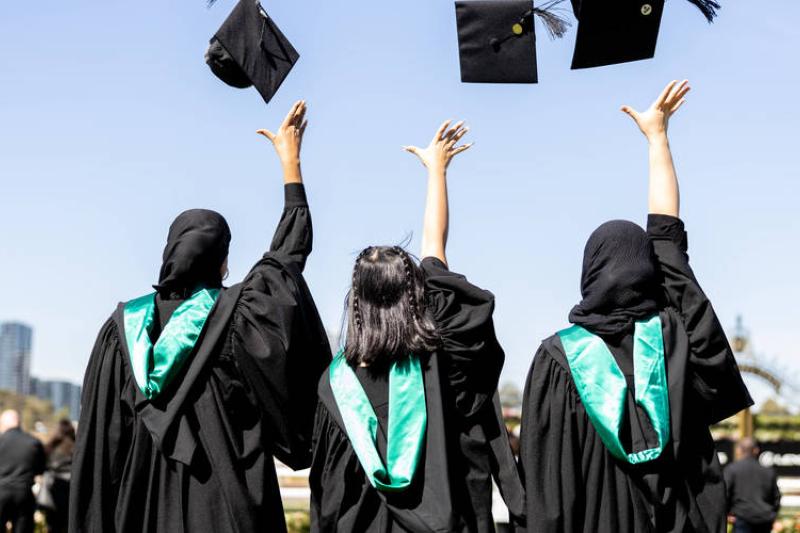International Students Critical to Coronavirus Recovery

The 600,000 international students living in Australia have transformed our cities, the education policy think tank Mitchell Institute at Victoria University has found in the new issues paper International students vital to coronavirus recovery (PDF, 1.46 MB).
The Mitchell Institute mapped where international students live to show the impact on local economies and communities. International students make up over 30% of the resident population in many suburbs.
CBD areas and suburbs close to university campuses have the highest percentage of international students. However, areas further away from university campuses also have high international student numbers, such as the west of Melbourne and Sydney, and the south of Brisbane.
There are also significant numbers of international students living in parts of regional Australia.
For the first time the Mitchell Institute also examined international student living expenses. Estimates reveal that every year international students spend $5.5 billion on property and another $5.5 billion on retail and hospitality.
Already, tens of thousands of international students have been unable to return to Australia or start their courses. In April 2020, only 30 international students arrived or returned to Australia, down from 43,380 in April 2019. The Mitchell Institute estimates there are already around 10,000 fewer international students living in inner Melbourne and 8,000 in inner and southern Sydney due to the travel bans, with losses felt in every state and territory.
Report author Peter Hurley from Victoria University’s Mitchell institute said the research shows the far-reaching effects of international students on our cities.
“International students support Australian businesses and enrich our social fabric. It is vital for Australia to find ways to support the international students that are currently here, and to ensure international student enrolments can rebound quickly after the coronavirus pandemic ends.”
The latest report comes after the Mitchell Institute released a report in April 2020 showing the economic fallout from the loss of international students to the university sector, revealing a forecast $19 billion loss in student revenue over the next three years if the international borders remained closed until the end of 2021.
The paper highlights that every year 13,000 to 30,000 international students transition from student visas to permanent residency pathways.
“International students are our neighbours, our friends, our colleagues, our tenants, our customers and our classmates. They are future world leaders, and many will become Australian citizens,” Mr Hurley said.
The paper also points out that domestic students have benefited from the extra resources international students have brought to Australia’s education institutions. The paper recommends increasing capacity across the tertiary education sector so that our education institutions can continue to function properly and provide domestic students with the training needed to support a coronavirus recovery.
Additional data
Estimated international student numbers & annual contribution to the economy, 2019, by state & territory
| State/Territory | Estimated number of international students | International student % of population | Annual international student contribution to economy |
| NSW | 199,538 | 2.47% | $12.2 billion |
| VIC | 185,051 | 2.81% | $11.3 billion |
| QLD | 84,738 | 1.66% | $5.2 billion |
| WA | 55,870 | 2.13% | $3.4 billion |
| SA | 34,705 | 1.98% | $2.1 billion |
| TAS | 6,147 | 1.15% | $373.8 million |
| ACT | 14,344 | 3.36% | $872.8 million |
Top 10 areas with highest proportion of international students & estimated decline, 2019
| Area (SA2) | Estimated number of international students | Int. students as % of population | Estimated decline due to coronavirus | State/ Territory |
| Parafield | 102 | 86% | -33 | SA |
| Acton | 1,019 | 44% | -221 | ACT |
| Carlton | 9,633 | 39% | -2,521 | VIC |
| Melbourne | 19,511 | 38% | -4,866 | VIC |
| Civic | 1,676 | 35% | -504 | ACT |
| Clayton | 9,506 | 35% | -2,623 | VIC |
| Kingsford | 5,510 | 32% | -1,728 | NSW |
| St Lucia | 4,322 | 30% | -880 | QLD |
| Adelaide | 5,225 | 29% | -1,444 | SA |
| Sydney - Haymarket - The Rocks | 9,339 | 28% | -1,680 | NSW |



